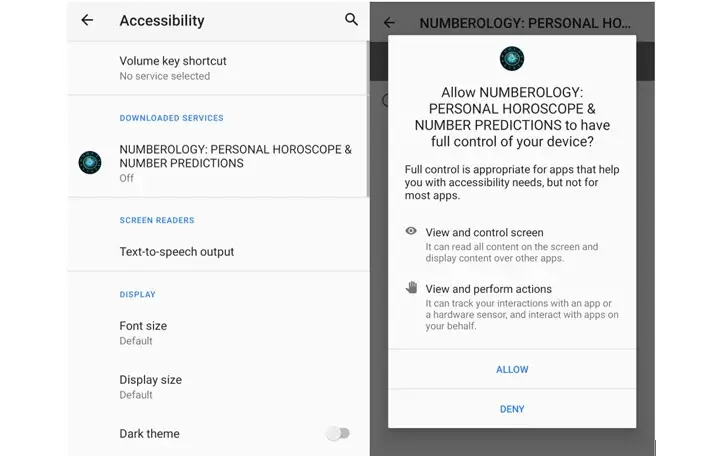In a startling revelation, cybersecurity experts have uncovered a massive malware attack, dubbed “Xamalicious,” impacting over 330,000 Android devices. This insidious backdoor spyware, which masqueraded as innocuous applications on Google’s Play Store, represents a significant threat to user security and privacy. Here are the crucial details you need to know.
The Emergence of Xamalicious Malware on Android
Research from McAfee reveals that the Xamalicious malware lurked within 14 unassuming apps spanning categories like photo editors, games, and horoscope applications. Astoundingly, according to Bleeping Computer, three of these apps surpassed 100,000 downloads, showcasing the malware creators’ sophistication in camouflage.
Xamalicious cleverly concealed its presence within two .dll files named “Core.dll” and “GoogleService.dll,” embedded in apps developed using the popular Xamarin framework. This tactic significantly hindered its detection by conventional security measures.

Global Reach and Impact
The infection’s footprint, notably prevalent in the United States, Germany, Spain, the United Kingdom, Australia, Brazil, Mexico, and Argentina, indicates a widespread threat. However, the malware’s influence could extend beyond these nations.
Google has swiftly removed these harmful apps from the Play Store, yet devices infected since mid-2020 might still be at risk. Users are advised to manually inspect and eliminate the malware to regain complete security.
Xamalicious Capabilities and Dangers
Xamalicious poses serious risks, including:
- Espionage: It can secretly harvest sensitive information such as usernames, passwords, and credit card details, heightening the risk of financial loss and identity fraud.
- Remote Control: The malware grants attackers remote access to the infected devices, enabling further malware installations, communication interceptions, or even device hijacking.
Preventive Measures for Users
To mitigate Xamalicious risks, users should:
- Uninstall Affected Apps: Immediately remove any apps linked to Xamalicious. Check security bulletins for a list of these apps.
- Conduct Malware Scans: Perform thorough scans with reliable antivirus or anti-malware solutions to ensure no remnants of the malware persist on your device.
- Exercise Caution: Remain vigilant when downloading apps, particularly from the Google Play Store. Always read reviews, verify developer authenticity, and download apps judiciously.
In summary, this incident underscores the evolving cybersecurity challenges for Android users. While Google Play Store incorporates security measures, hackers constantly develop new bypass strategies. Maintaining vigilant and proactive security practices is vital to safeguarding Android devices and personal information.








